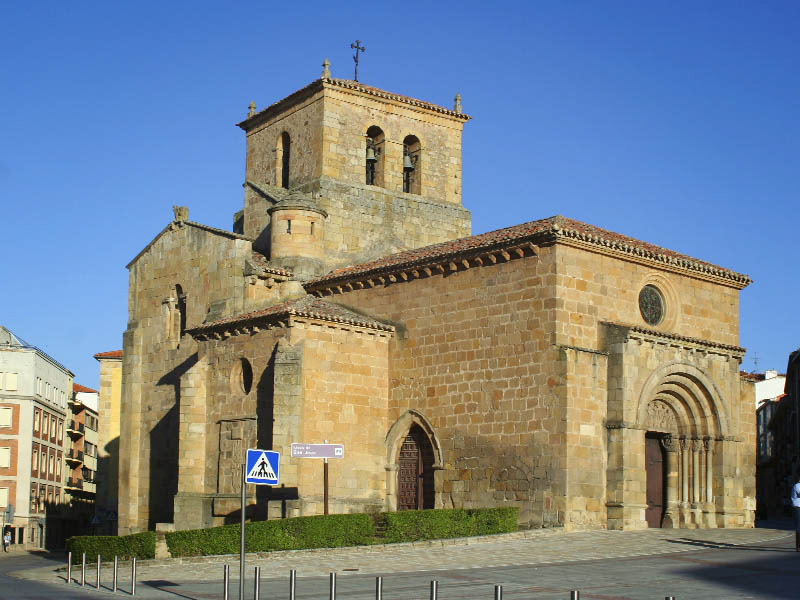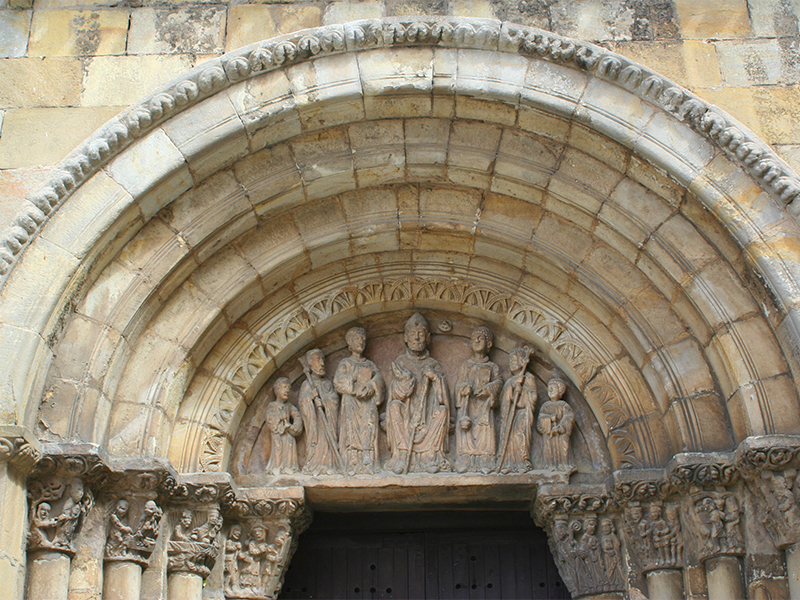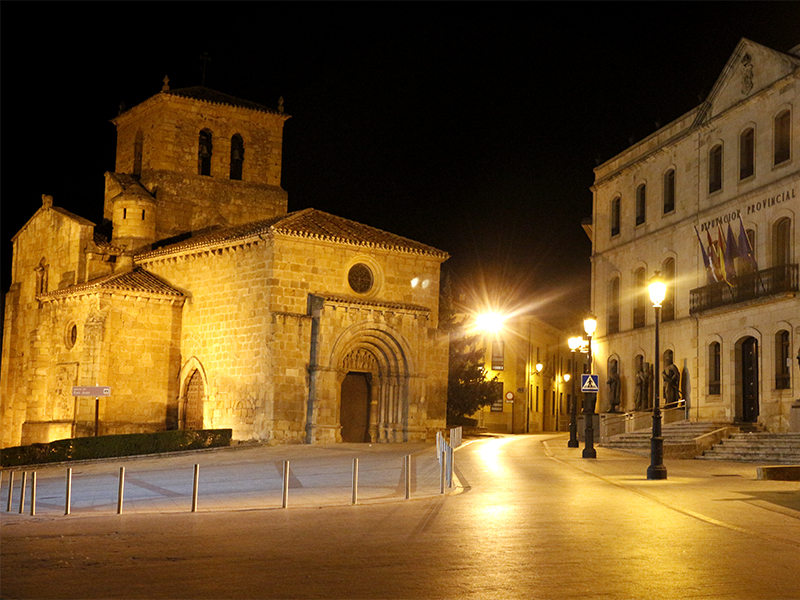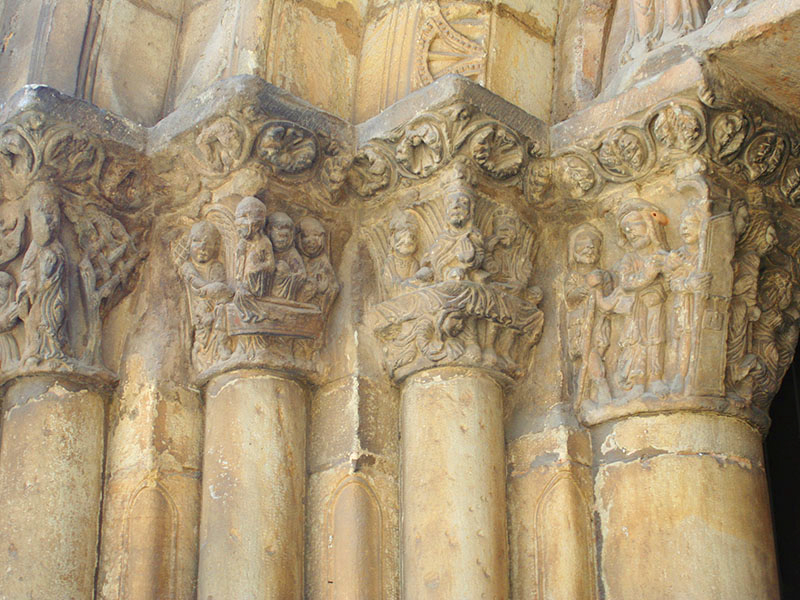CHURCH OF SAN JUAN DE RABANERA
SLENDERNESS OF ROMANESQUE IN SORIA
HISTORY
It owes its name to the origin of the people, Rabanera del Campo, which between 1109 and 1119 were settled and repopulated Soria, founding one of the 35 collaciones inside the wall plus an out of the wall one that the city had, according to the census of Alfonso X El Sabio .
After enduring major transformations throughout the Baroque period, which made it stay almost unrecognizable, fortunately recent restorations carried out in the early and mid-twentieth century were able to return to it much of its essence and Romanesque purity.
It was declared a National Monument in 1929 and of Cultural Interest in 2000.
BUILDING
It has a Latin cross with a single nave, transept, main chapel and apse of semicircular floor plant. The main entrance is at the foot, and The portal formed by a round trumpet shaped arch and four archivolts that rest on two jams and on each side four pillars decorated with scenes of Jesus Christ life and of San Nicolas miracles, which reappears in the tympanum, dressed as a bishop. This portal belongs to the Romanesque church of St. Nicholas that after being in ruins, in 1,908 it was decided to remove it and take it to this temple.
The original cover is walled up on the south side. The semicircular apse covered with oval dome, outside is divided into four parts by a classical pilasters topped with vegetable capitals.
Two Romanesque arches open the openings of the two central parts, while the sides, with double blind arcade also semicircular, are decorated inside with reliefs of geometric motifs, grooves and large flowers that show its clear Byzantine influence. On the front of the north side, there is a Gothic portal and on the south side, the primitive Romanesque facade can be distinguished.
Inside they are preserved the crossing and original header. The crossing is covered by a semi-spheric bizentine type dome on four cantilevered vaults. the head combines the presbitery, apse with apse chapels open to the crossing and covered with pointed barrel.
It is worth mentioning the Plateresque altarpiece by the sculptor Francisco de Ágreda and the painter Juan de Baltanás and other Baroque one made for the image of the dying Christ attributed to the school of Manuel Pereira mid-seventeenth century. It also deserves special review board next to the Epistle, influenced by Michelangelo, the late Spanish Renaissance and the board of Salvador attributed to Palma El Joven, Flemish artist school.
| Daily: 19.00 h More info about timetables here. |
|
| Free entrance | |
| 975 340 319 | |
| “Center of the city route” | |
| "Romanesque route" "Nigthly route" "Templaria and Knightly" |














